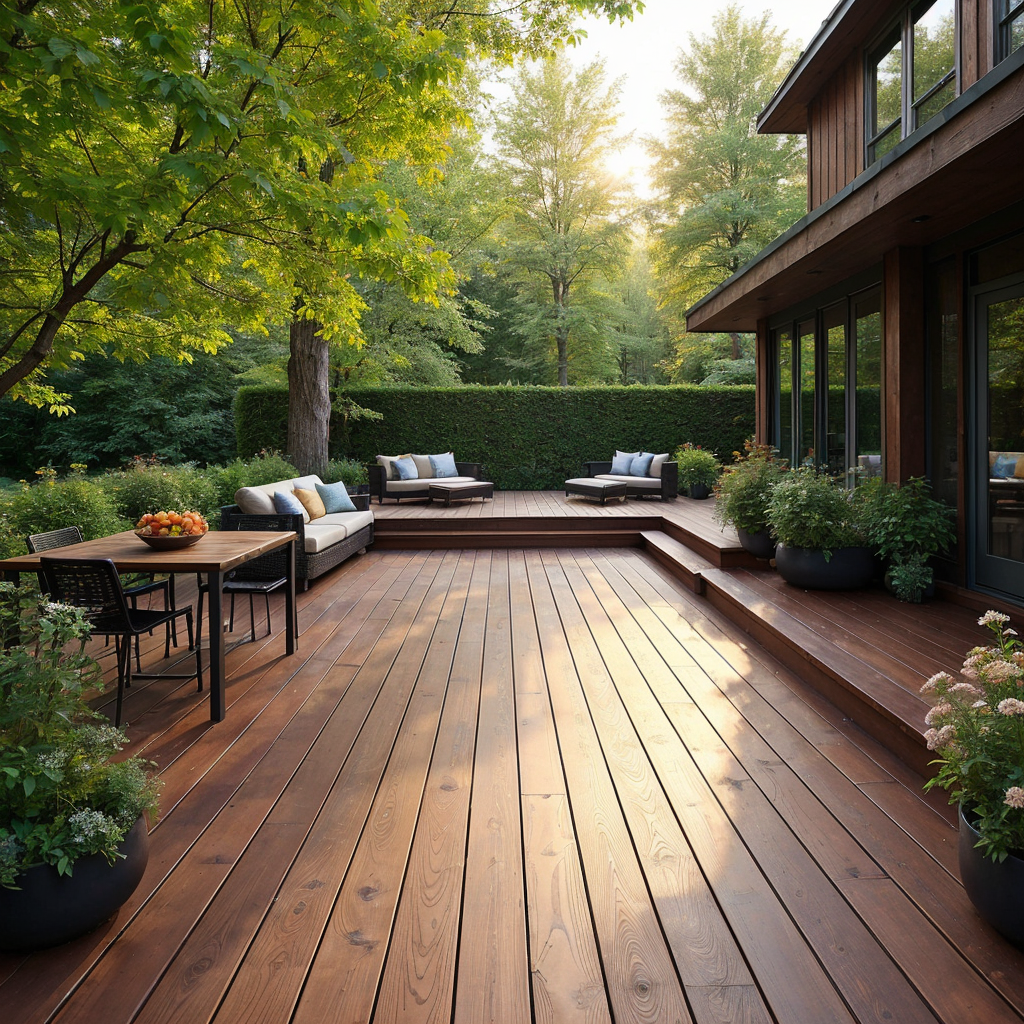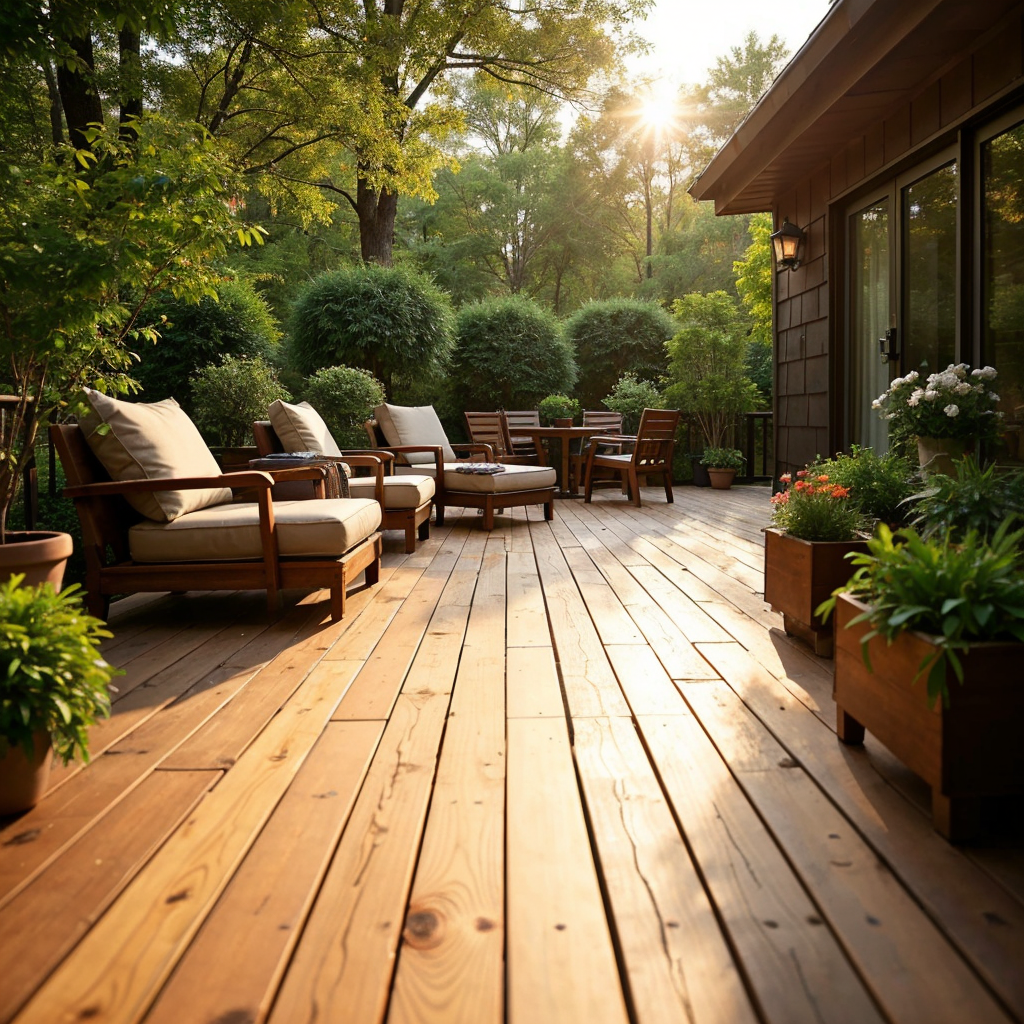In today’s world, sustainability is at the forefront of many design and construction decisions. As eco-friendly living gains popularity, homeowners and builders alike are searching for materials that align with environmentally responsible practices without sacrificing quality or aesthetics. One product gaining traction in outdoor projects is thermotreated wood, particularly for decking. This innovative material offers a sustainable solution with enhanced durability, making it a top choice for those who want to create beautiful, long-lasting outdoor spaces.
In this blog post, we’ll dive into the unique properties of thermotreated wood and explore why it stands out as a superior material for outdoor decking. We’ll discuss the eco-friendly process behind its creation, how it performs in harsh outdoor conditions, and the various benefits it provides over traditional decking materials. Additionally, we’ll highlight its natural beauty and low maintenance requirements, showing why it’s a wise investment for both homeowners and contractors. Whether you’re planning a new deck or upgrading an existing one, thermotreated wood deserves serious consideration for its numerous advantages.
What is Thermotreated Wood?
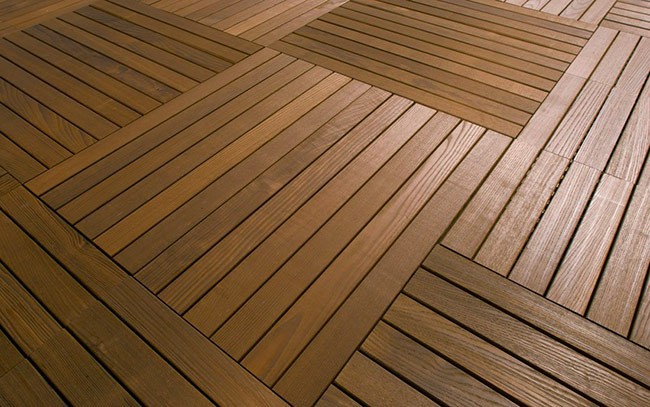
Thermotreated wood undergoes a specialized thermal modification process that fundamentally transforms its structure. By exposing wood to high temperatures in a controlled, oxygen-free environment, the process alters the wood’s cell composition, making it more durable and resistant to environmental stressors. The best part? No chemicals are used in this process, making thermotreated wood an all-natural alternative to pressure-treated wood. Popular species such as pine, ash, and spruce are commonly used for thermotreatment, with the resulting product being not only more robust but also environmentally friendly.
This process results in a wood that can withstand outdoor conditions far better than untreated or even chemically treated alternatives. The heat treatment reduces the wood’s moisture content, giving it superior resistance to warping, swelling, and shrinking—ideal traits for outdoor decking.
Sustainability and Environmental Benefits
One of the major appeals of thermotreated wood is its environmental sustainability. The process of creating this material does not involve harmful chemicals or toxic preservatives that could leach into the environment over time. Unlike pressure-treated wood, which relies on chemicals for its durability, thermotreated wood gains its enhanced properties purely through heat.
Thermotreated wood’s longevity further contributes to its sustainability. Because it lasts longer than untreated or traditionally treated wood, fewer resources are needed for replacements and repairs. Additionally, once thermotreated wood reaches the end of its life cycle, it can be disposed of or recycled without harm to the environment, unlike chemically treated alternatives. Many manufacturers source this wood from sustainably managed forests, ensuring that the ecological footprint is minimized right from the start.
Performance and Durability
Thermotreated wood is known for its superior performance in outdoor settings, making it an excellent choice for decking. One key advantage is its resistance to weathering. Thermotreated wood absorbs significantly less moisture, which means it is far less prone to warping, cracking, or rotting, even when exposed to rain, snow, or humidity.
Another critical factor is its natural resistance to decay and pests. The heat treatment process eliminates the sugars and other organic compounds in the wood that typically attract fungi and insects, resulting in a product that doesn’t require additional chemical treatments for protection. This makes thermotreated wood perfect for outdoor spaces that are constantly exposed to the elements.
Aesthetic Appeal
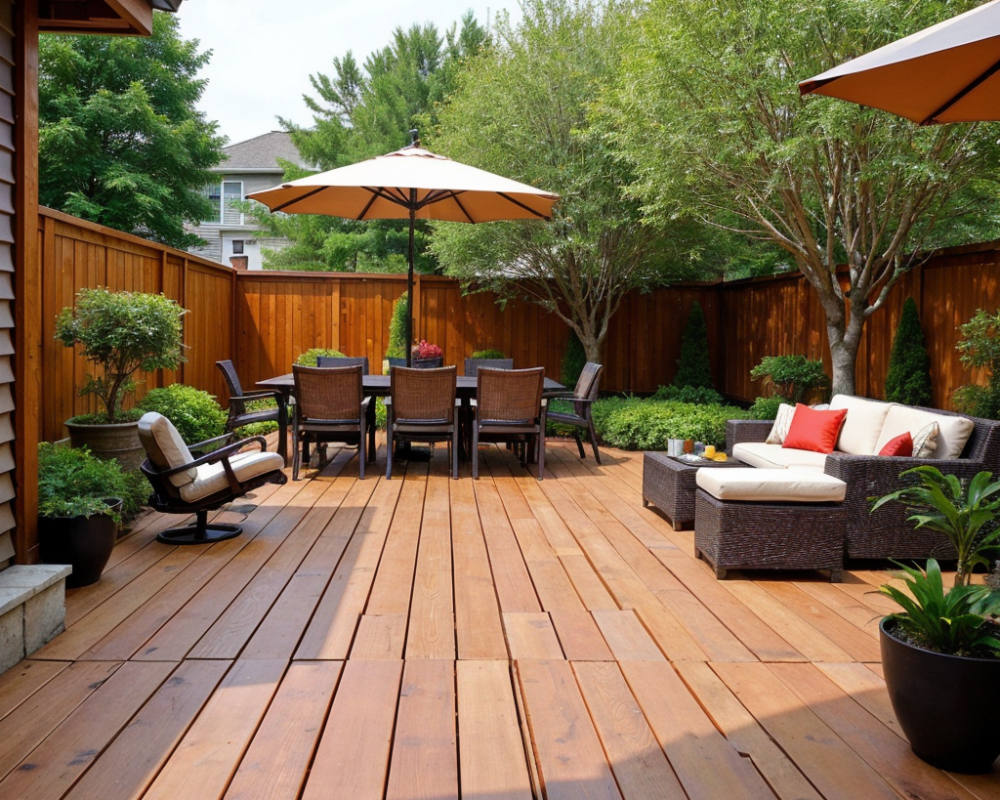
Beyond its environmental and functional advantages, thermotreated wood is also visually stunning. The thermal process gives the wood a rich, darker tone, often resembling exotic hardwoods. This natural beauty makes it an excellent choice for those looking to create a warm, inviting outdoor space. Over time, if left untreated, thermotreated wood develops a beautiful silvery patina that many homeowners find appealing. Alternatively, its natural color can be maintained with occasional treatments of oil or stain.
The versatility of thermotreated wood allows it to be used in a variety of applications beyond decking, including cladding, fences, and even outdoor furniture. This design flexibility, combined with its durability, makes it an attractive option for creating a cohesive, sustainable outdoor environment.
Low Maintenance and Cost Efficiency
Thermotreated wood’s durability translates to less maintenance over time. Because it is more resistant to moisture, decay, and pests, homeowners can spend less time and money on repairs and upkeep. A simple periodic cleaning and occasional application of protective oil or sealant are often enough to keep thermotreated wood looking and performing its best for years.
While the initial cost of thermotreated wood may be higher than some untreated options, it pays off in the long run. The reduced need for frequent repairs, replacements, and treatments makes thermotreated wood a cost-effective option for outdoor projects, saving homeowners money over time.
Comparing Thermotreated Wood to Alternatives
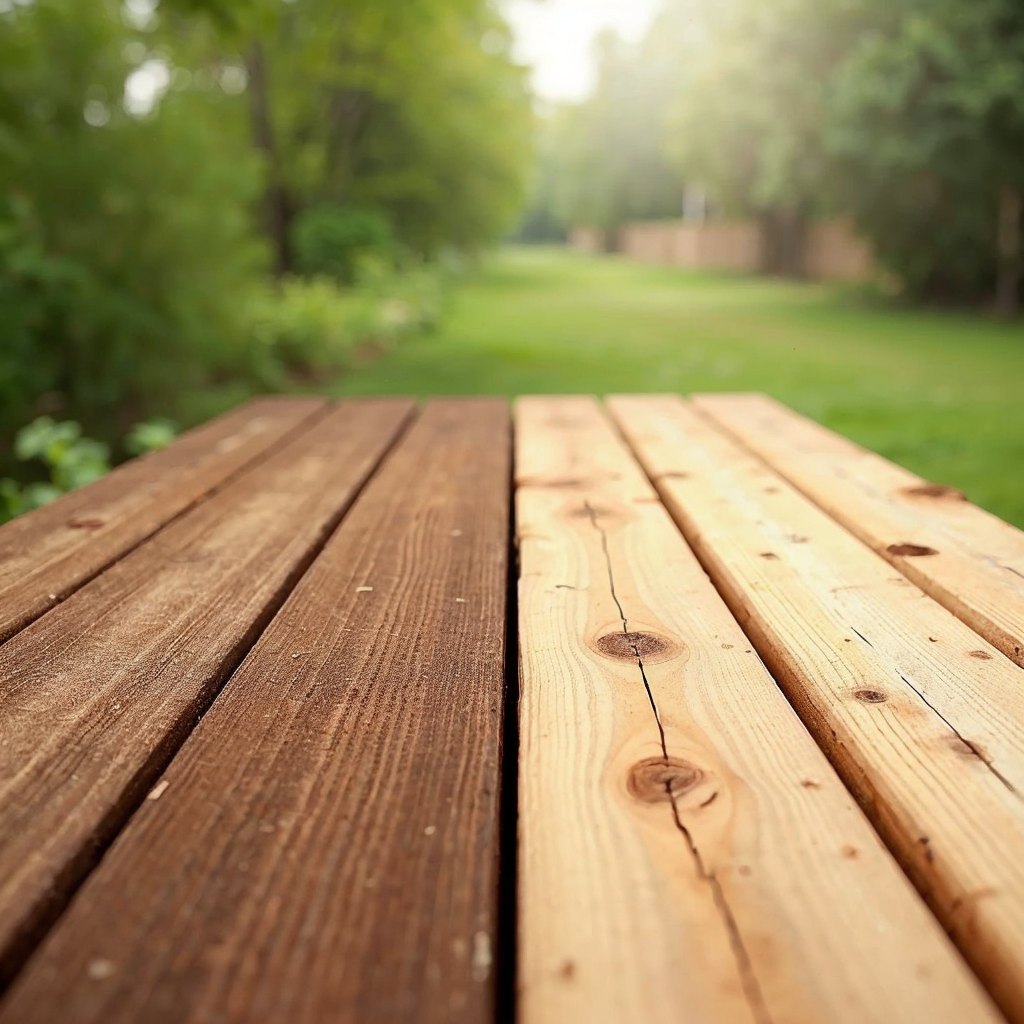
Thermotreated Wood vs Pressure-Treated Wood
Pressure-treated wood is commonly treated with chemicals such as copper, chromium, and arsenic to protect it from rot and insect damage. While effective, these chemicals can leach into the soil over time, posing environmental and health risks. Thermotreated wood, on the other hand, is chemical-free. Its resistance to decay and pests is achieved through heat, making it a safer, eco-friendly option for families and environments. Furthermore, pressure-treated wood often requires additional maintenance over the years to prevent it from deteriorating, whereas thermotreated wood’s natural resilience reduces the need for such frequent upkeep.
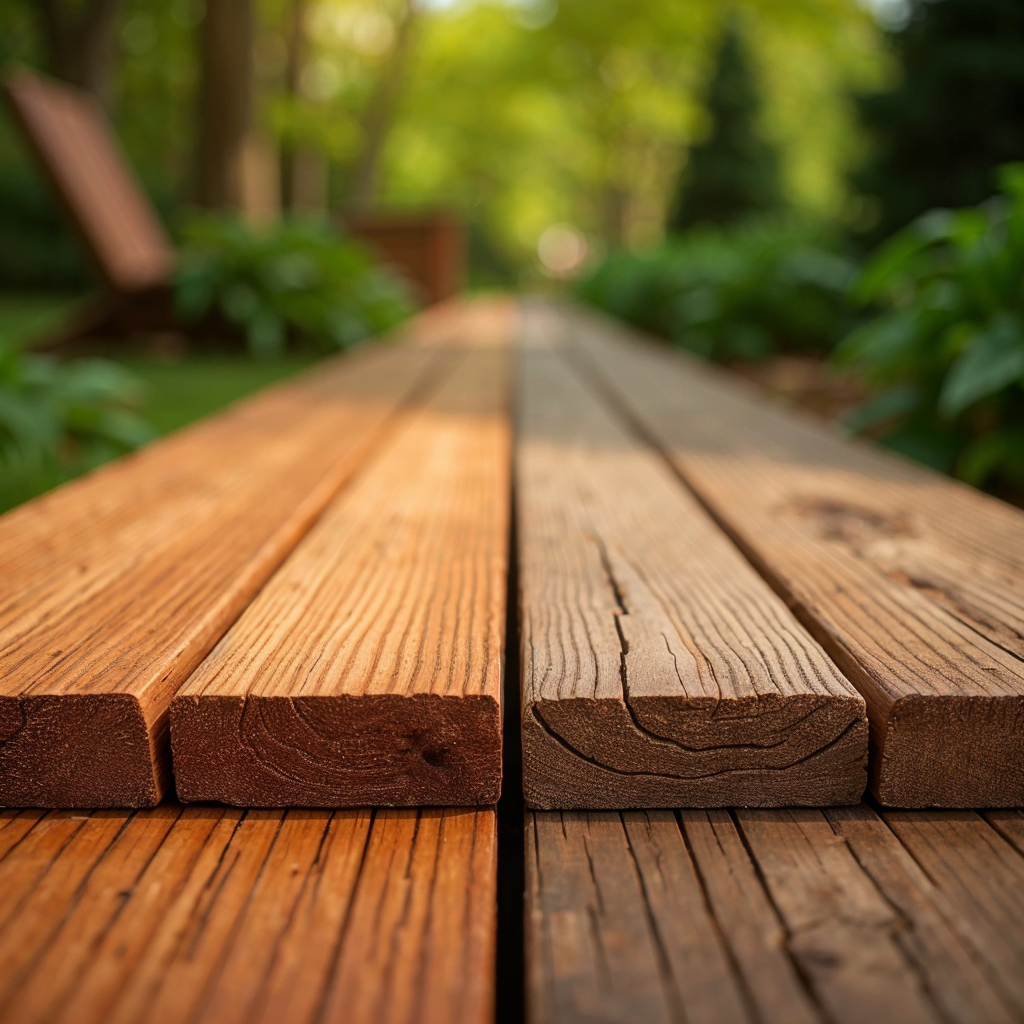
Thermotreated Wood vs Composite Decking
Composite decking, made from a mix of plastic and wood fibers, is another popular alternative for outdoor spaces. While composite materials are known for their durability and low maintenance, they lack the natural beauty and warmth of real wood. Thermotreated wood retains the authentic aesthetic of timber, providing a unique, rich appearance that cannot be replicated by synthetic materials. Additionally, composite decking often has a higher environmental impact due to the use of plastics and non-recyclable materials in its production. Thermotreated wood, being an all-natural product, is fully recyclable and has a significantly smaller ecological footprint. Over time, composites can also show wear and tear from UV exposure, while thermotreated wood can be refreshed with a simple treatment of oils or stains.

Thermotreated Wood vs Traditional Hardwood
While traditional hardwoods like teak and ipe are known for their strength and longevity, they tend to be more expensive and much denser, making them harder to work with during installation. Thermotreated wood offers similar levels of durability and weather resistance but at a lower cost and with easier workability. Hardwood species can also be subject to moisture-related problems such as warping and cracking if not properly sealed and maintained. In contrast, the thermotreatment process makes wood more stable by reducing its moisture content, significantly lowering the chances of dimensional changes over time. Moreover, many traditional hardwoods are harvested from tropical forests, raising concerns about deforestation and unsustainable practices. Thermotreated wood, often sourced from sustainably managed forests, provides an ethical and environmentally responsible alternative.
Conclusion
Thermotreated wood is not just a sustainable and environmentally conscious choice for outdoor decking—it’s a product that stands out for its superior performance, aesthetic appeal, and cost-efficiency over time. Its durability and resistance to weather, pests, and decay make it an ideal material for outdoor projects that require long-term reliability with minimal maintenance. The natural beauty of thermotreated wood, with its rich tones and ability to gracefully age, allows homeowners to create outdoor spaces that are both functional and visually striking.
By opting for thermotreated wood, you’re not only investing in the longevity of your deck but also supporting sustainable building practices. With no harmful chemicals involved in its production, thermotreated wood provides peace of mind for families and contributes to a healthier planet. Additionally, its versatility extends beyond decking, offering solutions for various outdoor applications such as cladding and furniture, making it an all-in-one solution for eco-conscious outdoor design.
Are you ready to transform your outdoor spaces with a material that offers the perfect balance of beauty, durability, and sustainability? Have you considered how thermotreated wood could reduce maintenance costs and enhance the environmental impact of your next project? With so many advantages, why settle for traditional materials when you could deck with a difference? Reach out to us at Coastal Custom Products to explore how thermotreated wood can bring your outdoor vision to life!

